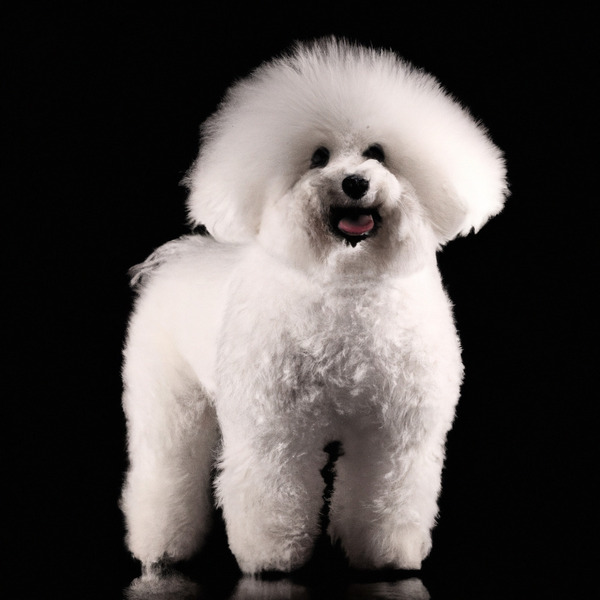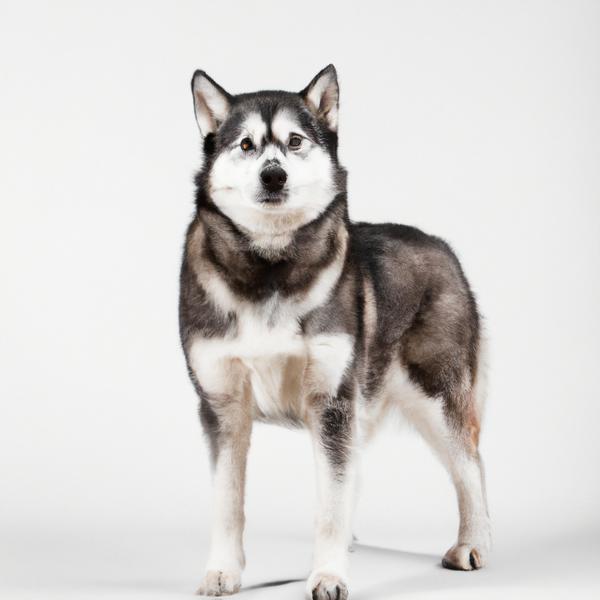Bolognese vs. Huskita: Breed Differences and Similarities
Hypoallergenic
Are Bologneses or Huskitas hypoallergenic, or neither?
While no dogs are truly 100% hypoallergenic, Bologneses are about as close as it gets, making them an ideal pet if you are an allergy sufferer.
Unfortunately, the Huskita is not hypoallergenic, making it not a good choice for a dog lover who suffers from pet allergies.
Watchdog Ability
Which dog breed makes a better watchdog, the Bolognese or Huskita?
Bologneses make excellent watchdogs - they're vocal and protective of their territory.
Huskitas aren't great guard dogs; they tend to just watch without taking action.
Origin
What is the origin of Bolognese and Huskita dog breeds?
Italy
United States
Ancestry
What are the origins of Bolognese and Huskita breeds?
Bichon Frise, Maltese
Akita, Siberian Husky
Date of Birth
When were Bolognese and Huskita breeds first developed?
1200s
1990s
Eye Color Possibilites
What are the eye colors of Bolognese and Huskita dogs?
Brown
Brown
Nose Color Possibilites
What are the natural nose colors of Bolognese and Huskita?
Black
Black
Coat Color Possibilites
What are the natural colors of the coat for Bolognese and Huskita breeds?
White
White
Black
Gray
Red
Sable
Brown
Fawn
Silver
Coat Length
What is the typical coat length for Bolognese and Huskita breeds?
Bologneses are known for their coat length.
Huskitas have medium-length coats.
Coat Density
What is the density of the coat of Bolognese and Huskita?
Coat Texture
What is the hair texture of Bolognese and Huskita?
Curly
Straight
Litter Size
What is the usual litter size for Bolognese and Huskita?
A Bolognese can have a litter of 12-14 puppies on average. However, it's worth noting that the size of the litters can vary greatly. Factors that can influence litter size include the health of the mother, breeding history, and genetics.
A Huskita can have a litter of 3-12 puppies on average. However, it's worth noting that the size of the litters can vary greatly. Factors that can influence litter size include the health of the mother, breeding history, and genetics.
Major Concerns
What are the major health concerns for Bolognese and Huskita breeds?
Patellar Luxation
Progressive Retinal Atrophy
Cataracts
Hip Dysplasia
Legg-Calve-Perthes Disease
Hip Dysplasia
Epilepsy
Bloat
Hemophilia
Laryngeal Paralysis
Autoimmune Thyroiditis
Progressive Retinal Atrophy (PRA)
vonWillebrand’s Disease
Minor Concerns
What minor health issues should be kept in mind when owning Bolognese and Huskita?
Otitis Externa
Allergies
Elbow Dysplasia
Pemphigus
Sebaceous Adenitis
Zinc Responsive Dermatosis
Occasional Tests
What occasional tests are recommended for Bolognese and Huskita breeds?
Eye
Hip
X-Rays
Eye Examination
Dental Examination
X-Rays
Blood Tests
Internal Imaging (x-ray, CT scan, MRI, etc.)
Buccal Mucosal Screening
Physical and Neurologic Examination
Skin Scrapings and Biopsies
Orthopedic Exam
Ocular Exam
Abdomen and Blood Tests
Throat Exam
Coagulation Analysis
Energy
How do the energy levels of Bologneses and Huskitas compare?
Bologneses' high energy levels make them unsuitable for a low-key dog, choose accordingly.
Huskitas are suitable for those with a balanced lifestyle as they have an average energy level.
Exercise Needed
Bolognese vs Huskita exercise need comparison.
Bologneses require significant physical activity and suit those with an active lifestyle.
Huskitas need moderate physical activity and are great for families and active individuals.
Tendency to Bark
Do Bologneses or Huskitas bark more/less frequently?
Bologneses bark moderately when necessary and may also bark due to certain triggers like fear, alarm, boredom, greeting, separation anxiety and compulsive barking.
Huskita dogs are generally less vocal than other breeds and only bark when necessary, such as to alert their owner or communicate.
Past times
What are some enjoyable activities and ways to keep Bolognese and Huskita entertained?
Sniffing, Going Outside, Watching TV, Swimming, Hanging out, Playing fetch, Walking, Grooming
Walk, Tug-of-war, Hike, Play, Playing catch, Walking, Rambling, Hide & Seek, Ball games, Nap time, Throwing a ball, Play keep away, Fetch, Chasing around, Run, Cuddles, Jogging, Play time, Playtime, Swim, Tracking, High Five, Speak, Shake
Activity Level
Which breed has higher energy, Bologneses or Huskitas?
Bologneses are medium-energy dogs and typically enjoy socializing and playing casual or even sustained games of chase with other dogs. They may also have occasional periods of barking or racing around the house.
Huskitas are high-energy dogs. They need mental as well as physical exercise. These dogs require a lot of your involvement and without it they can, and will, become problematic dogs.
Walks per Week
How many miles should Bolognese or Huskita walk each week?
There's really no limit to how far you walk your dog as long as they're comfortable. For Bolognese, it's at least 7 miles / week. Just remember to build distance and stamina gradually over time.
There's really no limit to how far you walk your dog as long as they're comfortable. For Huskita, it's at least 14 miles / week. Just remember to build distance and stamina gradually over time.
Activity per Day
Do Bologneses or Huskitas require more exercise?
In general most Bologneses usually need at least 60 minutes of exercise daily. This can be spread across the day and include all sorts of high-energy activities, like walking, running and playing.
In general most Huskitas usually need at least 90 minutes of exercise daily. This can be spread across the day and include all sorts of high-energy activities, like walking, running and playing.
Grooming
Which breed is easier to maintain in terms of grooming, Bologneses or Huskitas?
The Bolognese is a low-maintenance breed that doesn't require much grooming.
The Huskita requires an average amount of grooming compared to other breeds.
Brushing Frequency
What is the recommended brushing frequency for Bolognese and Huskita dogs?
Ideally, Bolognese should be brushed at least 2 or 3 times a week (preferably daily) improve shedding.
Huskita should be brushed at least once a week. Of course you can give them more frequent brushes if you find that they are still shedding a lot
Brushing Tools
What brushing tools are used for Bologneses and Huskitas?
Pin Brush
Comb
Clipper
Nail Clipper
Pin Brush
Comb
Nail Clipper
Cups
How much food should be given to Bolognese or Huskita in cups?
For an average 5-10 pound (2 - 5 kg) Bolognese feed 1 cups daily. But, keep in mind, the amount you feed is going to be dependent on the quality of the food you are feeding.
For an average 60-75 pound (27 - 34 kg) Huskita feed 3 cups daily. But, keep in mind, the amount you feed is going to be dependent on the quality of the food you are feeding.
Daily Cost
Which breed has a higher daily cost, Bolognese or Huskita?
The average cost of a Bolognese is somewhere $1.10 - $1.40 per day.
The average cost of a Huskita is somewhere $2.10 - $2.70 per day.
Monthly Cost
Which breed has a higher monthly cost, Bolognese or Huskita?
The average per month expenses of a Bolognese is between $28 - $42. This makes an average of $336 - $504 per year. It will be on the higher side when the dog is still small because it will need more frequent visits to the vet, shots.
The average per month expenses of a Huskita is between $55 - $73. This makes an average of $660 - $876 per year. It will be on the higher side when the dog is still small because it will need more frequent visits to the vet, shots.
Intelligence
Comparing Intelligence: Bologneses vs Huskitas
Bolognese is highly intelligent and very trainable.
Huskitas are average in obedience intelligence but have a high IQ and may cause trouble if left unsupervised.
Affection Dependance
Which is the more affectionate dog breed: Bolognese vs Huskita?
Dog Friendly
Which breed is more sociable with other dogs: Bolognese or Huskita?
Bologneses are average in their friendliness towards other dogs, and socialization can help.
Huskitas are friendly and active companions, and can be good family pets, though their friendliness towards other dogs may vary.
Playfulness
Which breed is more playful between Bolognese and Huskita?
Bologneses have an average level of playfulness, enjoying playtime like most dogs but not excessively so.
Huskitas are a playful breed that needs daily playtime to be happy.
Trainability
How do the trainability levels of Bologneses and Huskitas compare?
Bolognese and Huskita dogs are usually easy to train, but may require consistency to fully obey commands.
Compare Bolognese with other breeds
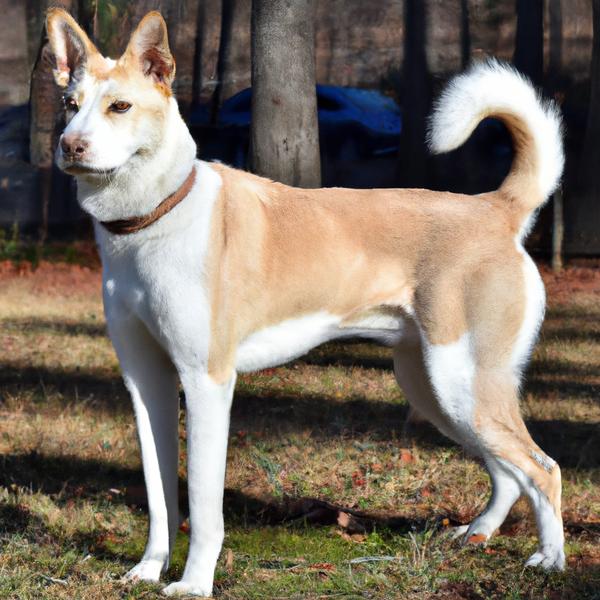
Canaan
Bolognese vs Canaan
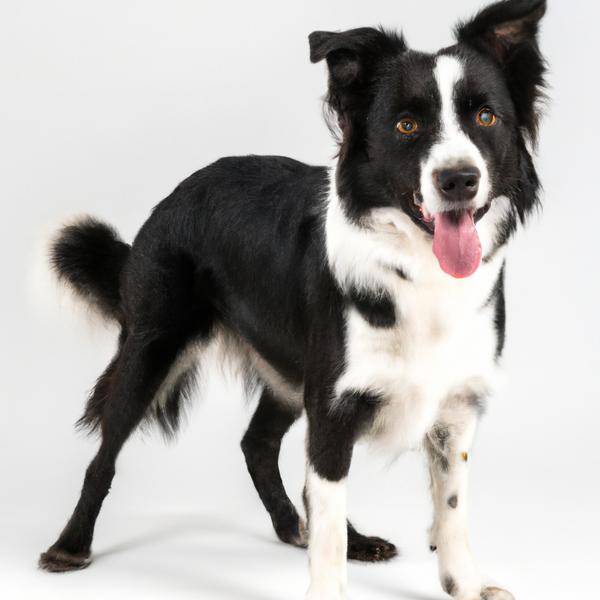
Border Point
Bolognese vs Border Point
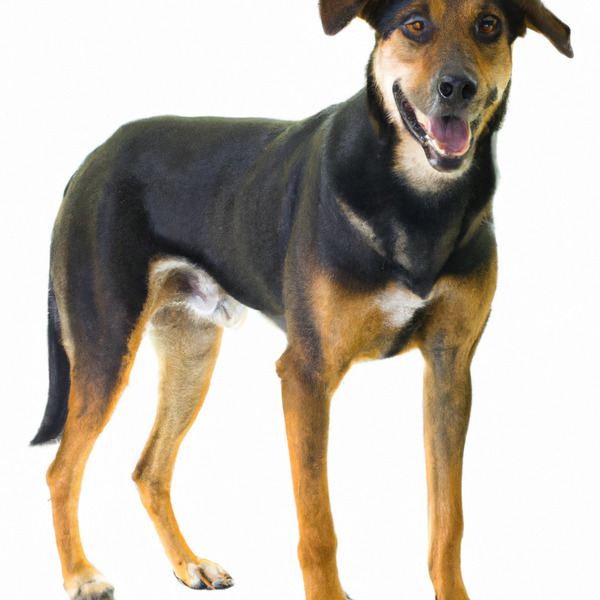
Huntaway
Bolognese vs Huntaway
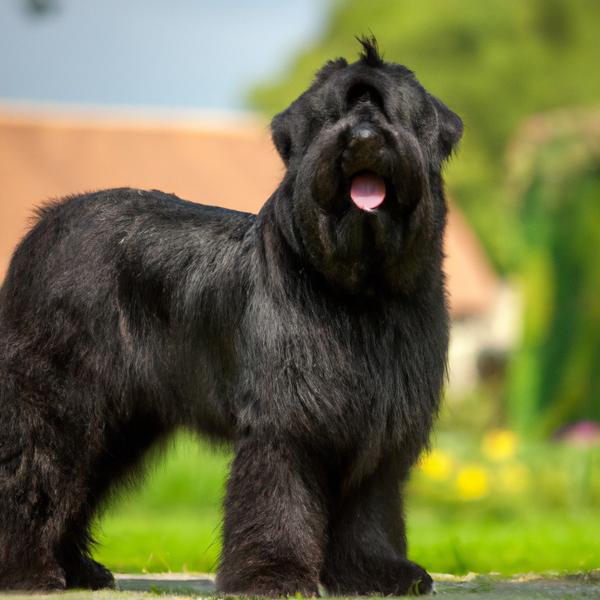
Giant Bolonauzer
Bolognese vs Giant Bolonauzer
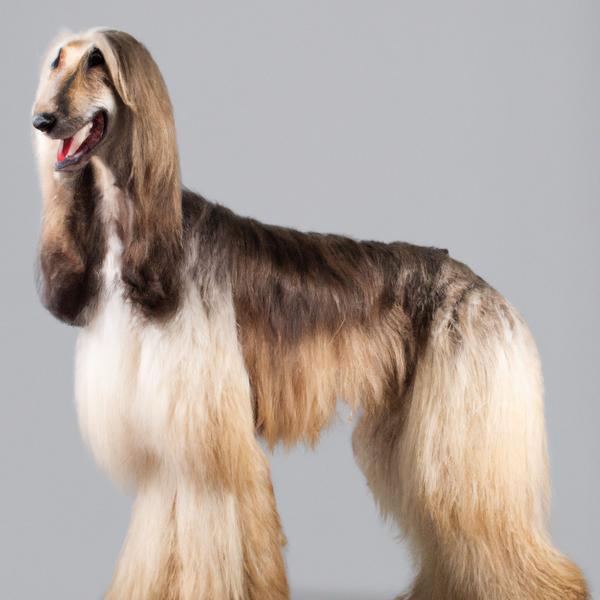
Afghan Hound
Bolognese vs Afghan Hound
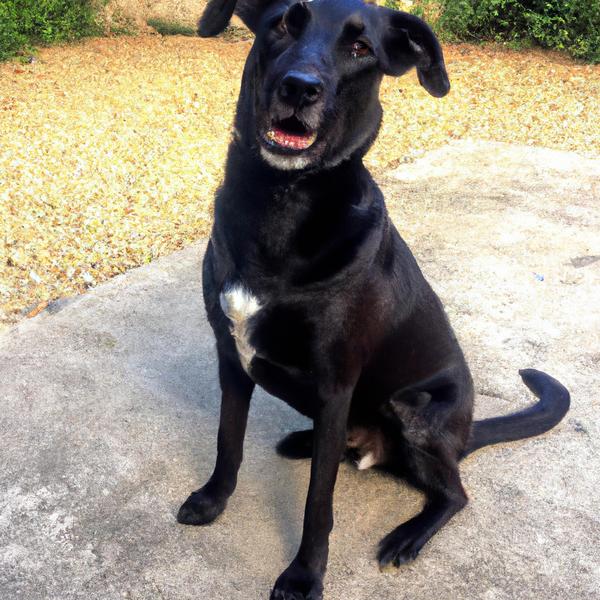
Labollie
Bolognese vs Labollie
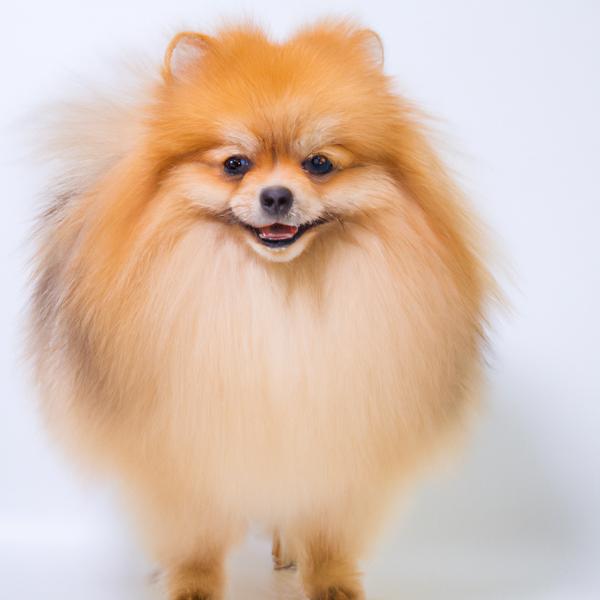
Pom-Kee
Bolognese vs Pom-Kee
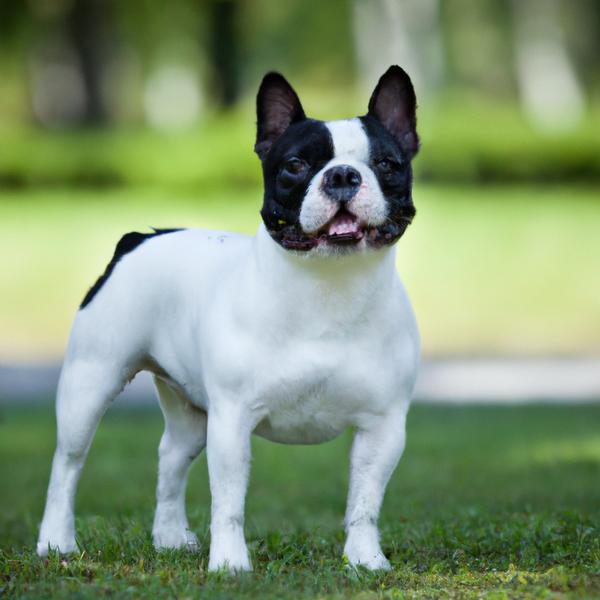
American French Bull Terrier
Bolognese vs American French Bull Terrier
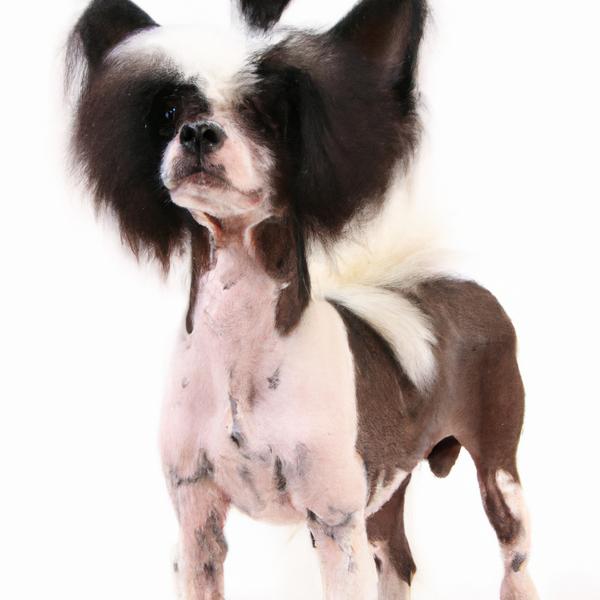
Peruvian Inca Orchid
Bolognese vs Peruvian Inca Orchid
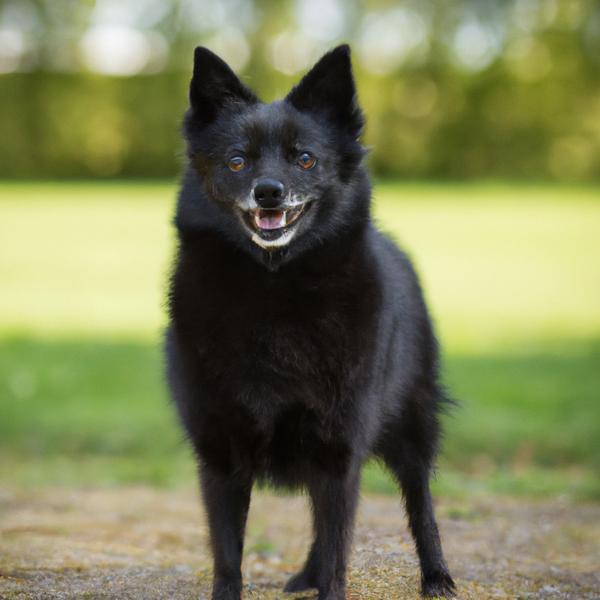
Schipperke
Bolognese vs Schipperke
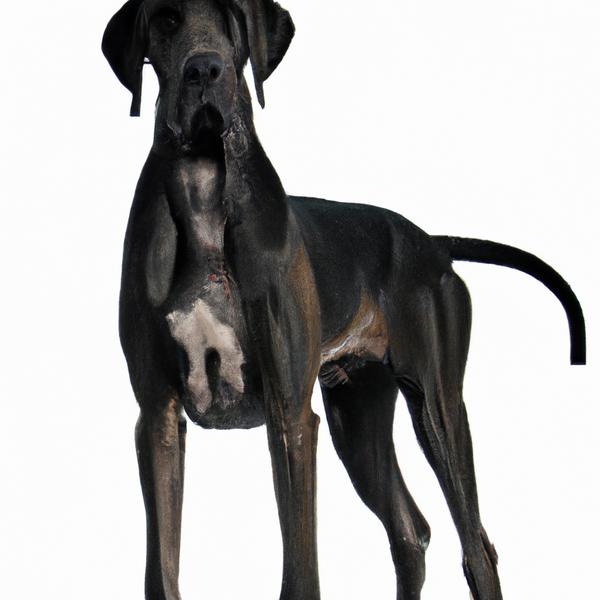
Cortese
Bolognese vs Cortese
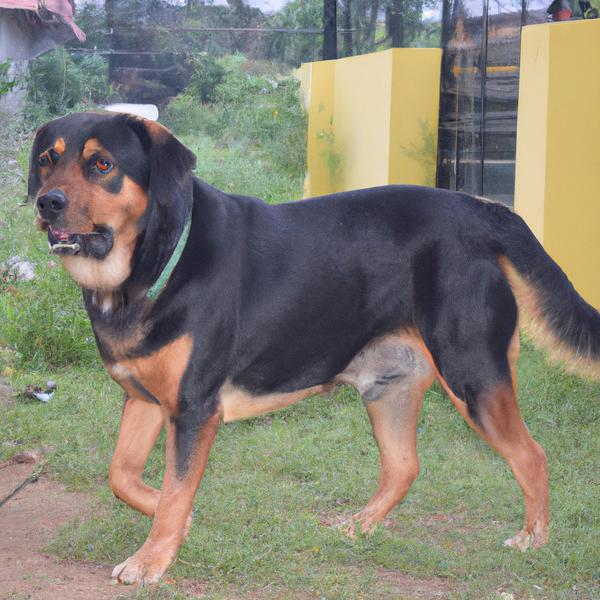
Reagle
Bolognese vs Reagle
